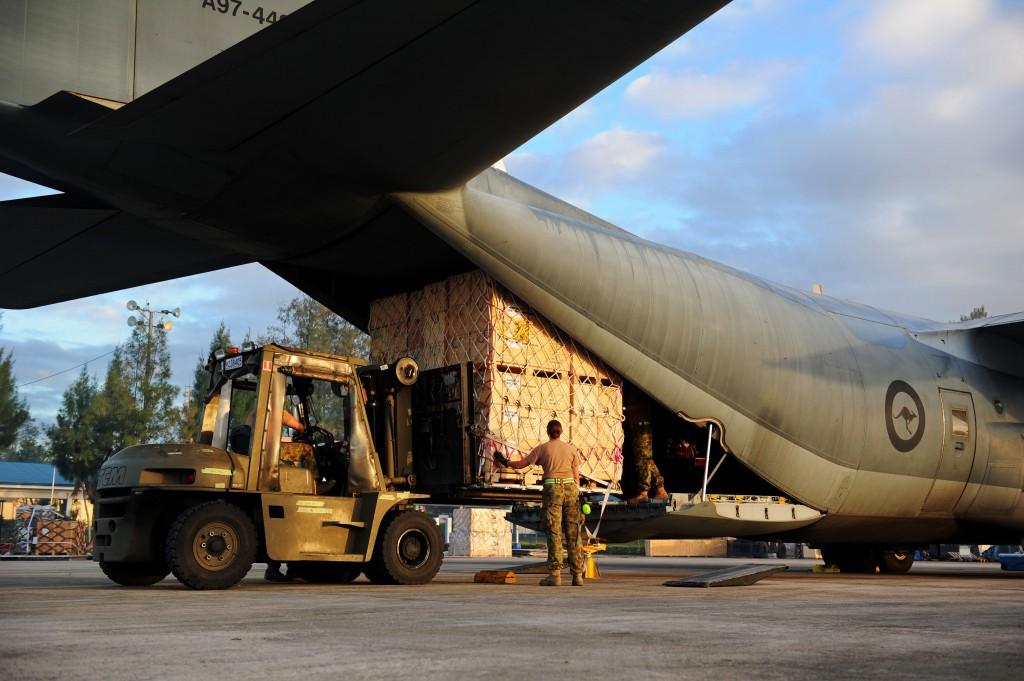In an earlier post, I reported on comments I made to the Air Power Studies Conference in Canberra last week (PDF). Today I address the old shibboleth of maintaining a ‘strategic edge’ in airpower capability, and consider the alliance and regional engagement dimensions.
The idea of a strategic edge has long been a cherished phrase in Australian defence thinking. There are clearly areas where the possession of a better missile, or sensor or a superior intelligence capability confers a tactical advantage, but in the Asia-Pacific we’re seeing a rapid advance in the military capabilities of many countries. The United States’ latest QDR (PDF) is reconciled to the reality that the United States will lose ‘technological leadership’ in a number of fields. Looking out 15 to 20 years, security in the Asia-Pacific will be a competition of equals—at least in terms of a platform or system assessment.
For Australia, this means we should sharpen our thinking about where we really believe we must maintain necessary strategic edges. A small number of capabilities will fall into this group. Are there areas where we need to disproportionately invest to make sure we retain leading edge capabilities?
If our real edge is the product of our capability to maintain and operate complex systems of aircraft with necessary support, maintenance and training, then we’ll need to have some frank conversations about the basis of capability. Are we funding all the necessary whole-of-system things we need to deliver key capabilities? The path to sustaining key leading edge capabilities will be to reduce their overall numbers and fill in critical system enablers.
What is the place of the US alliance in thinking about airpower? The answer is that the alliance is central. It’s clear from the QDR that America will have higher expectations and make deeper asks of its Asia-Pacific allies in coming years. A lot of factors inform that American view: exhaustion after Iraq and Afghanistan, their domestic financial situation, and the complexity of Asian security. For Australia there are risks and opportunities. One risk is that we won’t read the American signal clearly enough and conclude that we can continue to underplay the contributions we make to the alliance. The opportunity is that we can deepen cooperation in a range of areas that will promote the interests of both nations.
The QDR seeks to protect from US spending cuts a range of areas of very high priority to Australia. These include airpower, cyber, space, BMD, Special Forces and a small number of other capabilities. We can deepen alliance cooperation in all of these areas. The benefits to us are access to technology, the continued engagement of the US in our key security concerns and the value of preserving stability in the Asia-Pacific.
My second-last question is how should we be thinking about airpower in operations short of war? In particular, this goes to the use of airpower in our broader region. There are good opportunities for Australia to take a lead in shaping regional airpower around constructive, stabilising activities. For example, more could be done to develop pre-planning and thinking on the cooperative use of airpower for humanitarian and disaster relief (HADR). This could include a more elaborate system of prepositioning HADR supplies; developing a network of pre-established diplomatic clearances for first responders; designing personnel exchanges and shared command opportunities to train for HADR and bring key responder countries into a more conscious planning framework for HADR response.
A key planning challenge is to see how far we can integrate airpower into a managed system supporting regional stability. When the Government picks up the phone to ask Defence to respond to regional events, Air Force will very often be the first responder. Shaping that response environment is a key task.
Finally, how does air power fit in Australia’s joint and maritime agenda? At one level the answer is obvious: it’s an integral component. But in terms of public perception, I’d argue that airpower isn’t as strongly perceived as a central part of a maritime strategy, but as a smaller-scale enabling component of that policy. Yet there are some key aspects of a maritime strategy which remain to be fully thought through. For example, does our maritime strategy anticipate a role for Australian amphibious capabilities in coalition operations? If so what’s the role of Australian airpower, if any, in providing air cover for maritime platforms?
It’s time to think harder about how airpower fits into Australia’s broader strategic framework for defence. Is there a need for a more prominent Air Force planning role in joint policy thinking? Does the maritime strategy need to be modified, changed or added to? Answering these key questions will shape the future of airpower thinking in Australia.
Peter Jennings is executive director at ASPI. Image courtesy of Department of Defence.
